It might be hard to decide whether you want to enter the market with spot trading or margin trading. Here's a comprehensive comparison and how to do it in Binance.
In every crypto trader's journey, there must be a lot of difficult choices to make. Some big decisions must be taken even before they start trading. One of the earliest ones is spot trading vs margin trading, which basically determines how they are going to enter the market. It is important, but it is certainly not an easy decision to make because both spot trading and margin trading are very popular among crypto traders.
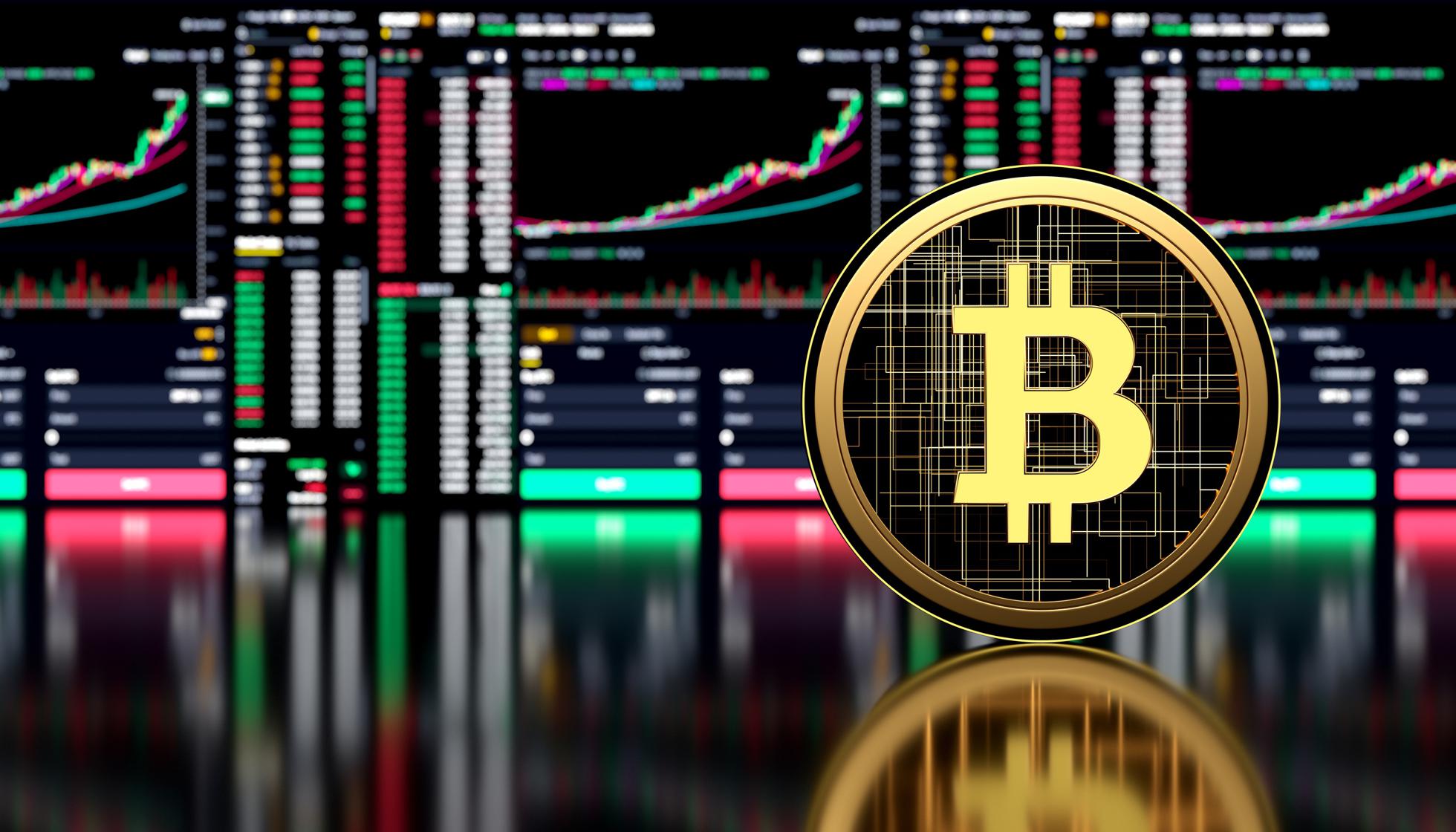
Considering that crypto prices are highly volatile, crypto traders must be able to enter the market in the most efficient and favorable way. Therefore, if you are planning to start crypto trading soon, then you will have to first understand the differences between spot trading and margin trading before you can decide which one is best for you.
Contents
What is Spot Trading?
Spot trading is the most common form of trading and it is quite popular in the crypto world. As the name suggests, spot trading takes place in the spot market and uses spot prices. Spot traders aim to gain profits from market fluctuations by making a direct purchase of a certain asset like bond, stock, commodity, or currency by using the current prices. Crypto spot trading is more or less the same, except the trader buys or sells crypto assets, such as Bitcoin, Ethereum, DOGE, and others.
When spot trading, cryptocurrencies can be instantly exchanged among crypto traders who are looking to buy or sell their assets. And because the order is done on the spot, you will need to have the available assets to pay for the trade by the date of settlement. In return, you will also instantly receive the assets that you bought from the trade. So if you want to buy $1,000 worth of BTC with spot trading, then you'll need $1,000 in your balance by the date of settlement. Otherwise, the exchange won't allow you to enter the position.
Today there are many companies that facilitate crypto spot trading, including he world-leading crypto exchange Binance. Since the exchange operates online, spot trading can easily be done at any time of the day, anywhere in the world. You can simply buy cryptocurrencies with fiat currencies on the exchange and even determine what price you want to enter. Keep in mind that you will have to pay a trading fee and probably take care of taxes if you make a profit from the trade.
The Benefits
- You can trade on the spot with real-time pricing. Crypto tokens can be easily traded against each other and fiat currencies.
- It can help you manage your risks. Since you can only trade with the money you own, then you will not lose more than what you already have in your account.
- It is useful to stay in the market for longer periods. You can just invest and walk away, letting the market do its thing.
- You are free to determine how much you want to invest in the spot trade.
- There are no fixed expiries, so it's also good for short-term traders.
The Downsides
- The potential gains from spot trading may not be greater than other alternative methods because you're not using any leverage. Even if the trade is highly profitable, you can only make as much money as your capital allows.
- Spot trading only moves with the market, so when the prices fall, so is your account. This can be quite stressful to do in the highly volatile crypto market.
What is Margin Trading?
Margin trading is another form of trade that's quite popular among crypto traders. Essentially, margin trading allows traders to borrow a certain amount of funds from a third party in order to leverage a position. Let's say you're looking to purchase $1,000 worth of BTC. If the exchange offers 1:100 leverage, then you only need to own $10 in your account to enter the position and trade $1,000 worth of BTC.
This makes it possible for traders to earn a higher profit with smaller capital, although this also means a higher risk if the trade goes against you. The borrowed funds are typically provided by other users in the exchange for some interests based on the market demand.
In order to initiate a margin trade, you will need to commit some assets as collateral for the margin of the position that you're trying to enter. Most crypto exchanges would allow you to trade on a margin of up to 20x leverage or 1:20, although some exchanges can go as high as 1:100. Note that once the position is closed, you will have to pay interest for the amount borrowed as well as repay the loan amount.
The Benefits
- High leverage ratio can be an excellent opportunity for traders to amplify their trades and earn bigger profits in a relatively shorter time. Traders can easily double their initial capital if the trade is profitable.
- Margin trading allows you to take full advantage of favorable positions. This is particularly helpful for low frequency, high probability traders.
- With the same amount of money, you can enter a bigger position in margin trading than in spot trading. Thus, this method is more approachable for small traders.
The Downsides
- Higher risk compared to spot trading because by leveraging your trade, you're essentially exposing yourself to a bigger risk.
- You can get a margin call, which means your position may be liquidated if you don't have enough margins to support the losses you make.
- It can be quite costly if you can't make a lot of profit because you will need to pay interest for the amount you borrowed, repay the amount of loan, and pay for trading fees.
- Margin trading must be accompanied by risk management tools such as stop-limit orders to protect the trader from incredible losses.
Margin Trading in Binance
Here are the steps that you need to follow in order to initiate margin trading in Binance:
- Create a Binance account, then complete your identity verification via KYC and enable 2FA.
- Head over to your account balance information and click "Margin".
- Read the terms and conditions, then click "I understand".
- You can now transfer funds to your new Margin Trading Wallet. The funds that you deposit here will act as collateral to any borrowed funds and will determine how much you can borrow.
- Click "Borrow/Repay", enter the amount that you desire, check the hourly interest rate, and click "Confirm Borrow".
- If your margin level decreases, this means you either need to increase your collateral or reduce your loan. Keep in mind that a margin level of 1:1 will automatically be liquidated.
Spot Vs Margin Trading: Which One is Better?
In conclusion, spot trading and margin trading are actually quite similar to some point. Both methods can be used by a crypto trader to enter a position in order to buy or sell crypto assets in the crypto market. The main difference between spot and margin trading, however, lies in the use of leverage.
Spot trading only allows traders to buy or sell an asset using the money they own, while margin trading allows traders to borrow some funds and use them to enter a position. One thing to remember is that while amplifying your trade with margin trading can be more rewarding in terms of profit, it is certainly way riskier compared to spot trading. It's also worth mentioning that the scale of risk and reward in crypto margin trading usually falls around 2-100 times.
Ultimately, the choice of what method to use is completely up to you as a trader. And that's because no one knows you better than you do. Now that you understand the pros and cons of each option, you can start considering the risk and reward based on your risk tolerance, financial capability, as well as your knowledge of trading. Then, you will be able to decide what strategy is best for you.

 Dedicated FREE FOREX VPS
Dedicated FREE FOREX VPS Free FOREX Virtual Private Server
Free FOREX Virtual Private Server MT4 Demo Contest, Get $500
MT4 Demo Contest, Get $500 Sign Up for an Account, Claim 60% Deposit Bonus
Sign Up for an Account, Claim 60% Deposit Bonus Free MT4/MT5 VPS 2024
Free MT4/MT5 VPS 2024 Send E-mail and Get Free Merchandise
Send E-mail and Get Free Merchandise $1K Refer a Friend Bonus for Pepperstone Pro clients
$1K Refer a Friend Bonus for Pepperstone Pro clients Maximize Your Earnings with 100% Deposit bonus
Maximize Your Earnings with 100% Deposit bonus Trade to Win, $5,000 Monthly Demo Contest
Trade to Win, $5,000 Monthly Demo Contest Claim 30% + 15% Deposit Bonus from LiteFinance
Claim 30% + 15% Deposit Bonus from LiteFinance
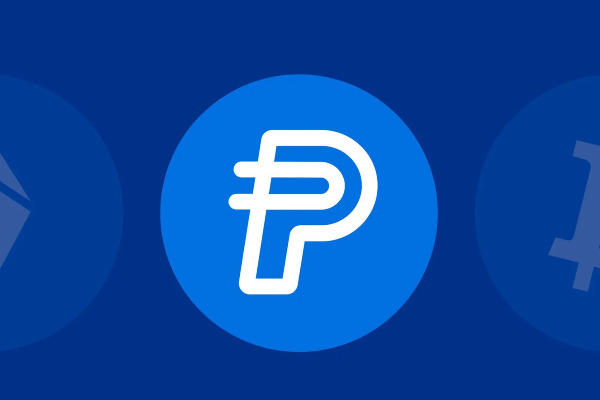
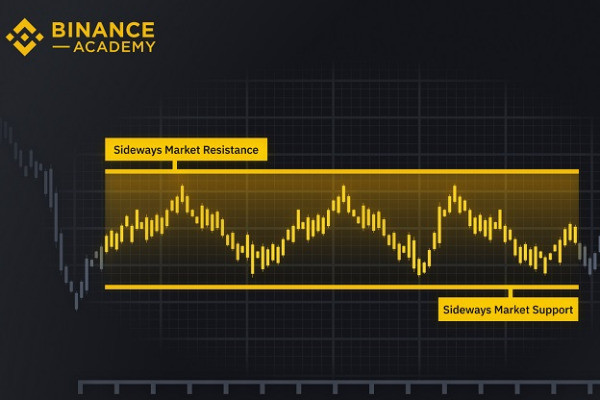
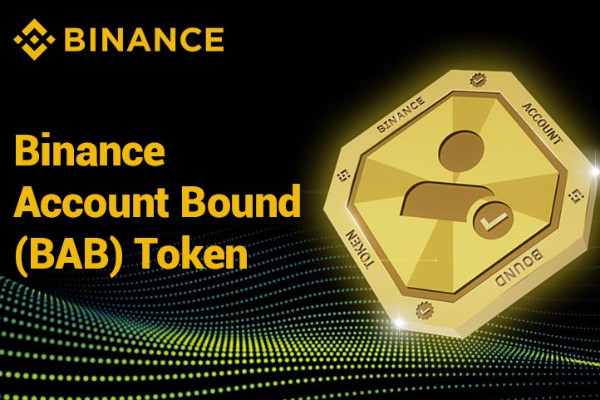
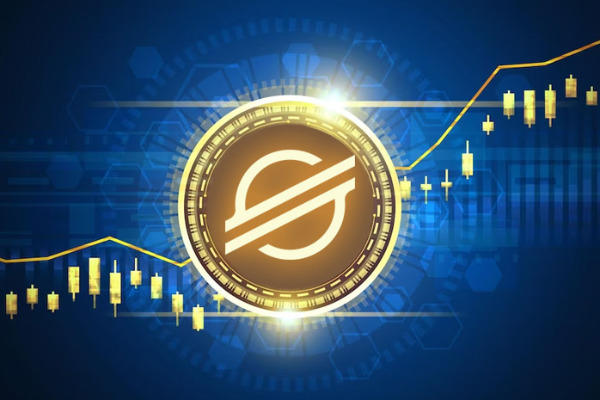
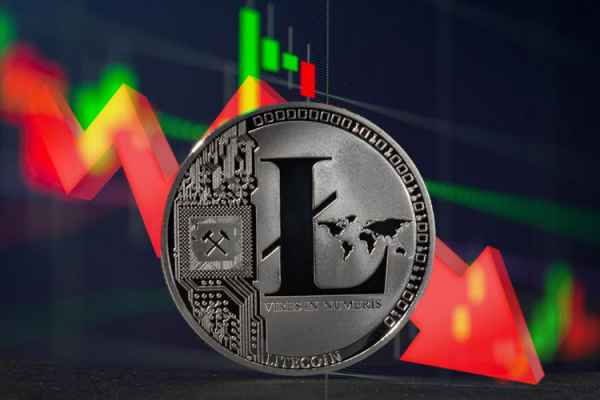

 Bitcoin
Bitcoin Ethereum
Ethereum Tether
Tether BNB
BNB Solana
Solana USDC
USDC XRP
XRP Dogecoin
Dogecoin Toncoin
Toncoin Cardano
Cardano